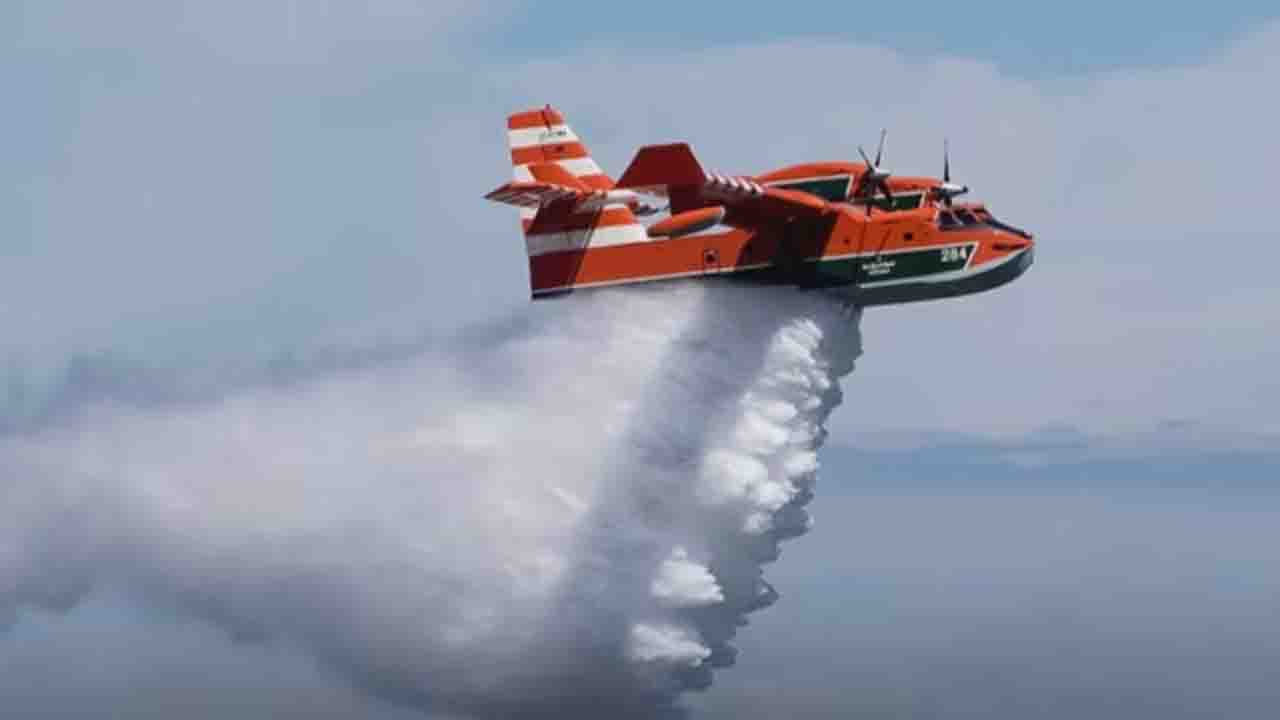Commonwealth _Canada _ Canada, known for its vast wilderness and diverse ecosystems, faces the constant threat of wildfires that can ravage its landscapes. As climate change intensifies, the risk of more frequent and severe wildfires looms large. To gauge Canada’s preparedness for this volatile future, an important aspect to consider is the country’s water bomber fleet, which plays a crucial role in wildfire suppression efforts.
Water bombers, or aerial firefighting aircraft, are instrumental in combating wildfires by dropping water or fire retardants to control and extinguish the flames. By assessing the quantity and capabilities of Canada’s water bomber fleet, we can gain insights into the nation’s preparedness for managing wildfires effectively.
Canada boasts one of the largest and most advanced water bomber fleets globally. The country strategically invests in these aerial assets to tackle the scale and complexity of wildfires that emerge across its vast landscapes. The fleet comprises various types of aircraft, including the Canadair CL-415 and the newer Bombardier 415, designed specifically for firefighting operations.
The Canadian Interagency Forest Fire Centre (CIFFC) serves as the central coordination hub for wildfire response in Canada. It mobilizes resources, including water bombers, from provincial and territorial agencies to address fire emergencies across the country. The collaborative efforts and coordination facilitated by the CIFFC are vital in ensuring effective wildfire suppression nationwide.
However, it is essential to note that the total number of water bombers alone does not solely determine Canada’s preparedness for a volatile future. While having an extensive fleet is advantageous, other factors contribute to overall readiness. These factors include the availability of trained personnel, adequate funding for aerial firefighting operations, efficient communication and coordination among agencies, and a robust strategy for managing wildfires.
Additionally, the effectiveness of water bombers relies on factors such as accessibility to water sources, geographical challenges, weather conditions, and the ability to swiftly deploy aircraft to fire-prone areas. Addressing these factors ensures that the water bomber fleet is utilized optimally to combat wildfires and minimize their impact on communities and ecosystems.
As climate change continues to drive more extreme weather events, including wildfires, it is crucial for Canada to constantly assess and adapt its wildfire management strategies. This includes evaluating the effectiveness of its water bomber fleet, investing in modern technologies and equipment, and prioritizing comprehensive training and collaboration among all stakeholders involved in firefighting efforts.
Canada’s water bomber fleet, with its substantial size and advanced capabilities, demonstrates the country’s commitment to addressing wildfires. However, the preparedness for a volatile future extends beyond the number of water bombers alone. It encompasses a holistic approach, involving well-coordinated strategies, skilled personnel, adequate resources, and adaptable tactics to effectively manage wildfires. By continuously evaluating and enhancing its wildfire management practices, Canada can strive towards a more resilient and prepared future in the face of increasing environmental challenges.








